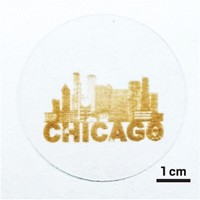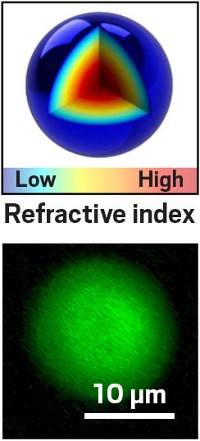Advertisement
Grab your lab coat. Let's get started
Welcome!
Welcome!
Create an account below to get 6 C&EN articles per month, receive newsletters and more - all free.
It seems this is your first time logging in online. Please enter the following information to continue.
As an ACS member you automatically get access to this site. All we need is few more details to create your reading experience.
Not you? Sign in with a different account.
Not you? Sign in with a different account.
ERROR 1
ERROR 1
ERROR 2
ERROR 2
ERROR 2
ERROR 2
ERROR 2
Password and Confirm password must match.
If you have an ACS member number, please enter it here so we can link this account to your membership. (optional)
ERROR 2
ACS values your privacy. By submitting your information, you are gaining access to C&EN and subscribing to our weekly newsletter. We use the information you provide to make your reading experience better, and we will never sell your data to third party members.
Materials
Coating Reflects Almost No Light
March 5, 2007
| A version of this story appeared in
Volume 85, Issue 10
Conventional antireflective coatings are effective only for a single wavelength of light and when the beam is oriented perpendicular to the coated surface. Rensselaer Polytechnic Institute engineer E. Fred Schubert and colleagues have now designed a coating that virtually eliminates reflection over a broad range of wavelengths and angles of incoming light—a first for thin films. These features could be useful for applications including more efficient solar cells and brighter light-emitting diodes. What's the secret behind the new coating? A thicket of tilted nanorods. Using electron-beam deposition, the researchers coated a base of aluminum nitride with three layers of angled titanium dioxide nanorods topped by two layers of angled silica nanorods. The resulting coating, which is about 600 nm thick, has a refractive index of 1.05 at the surface, the lowest ever for a thin film, according to Schubert (Nat. Photonics 2007, 1, 176).





Join the conversation
Contact the reporter
Submit a Letter to the Editor for publication
Engage with us on Twitter